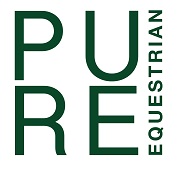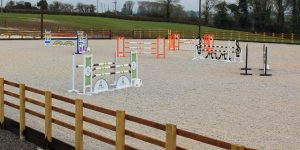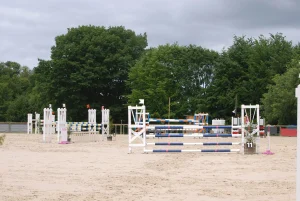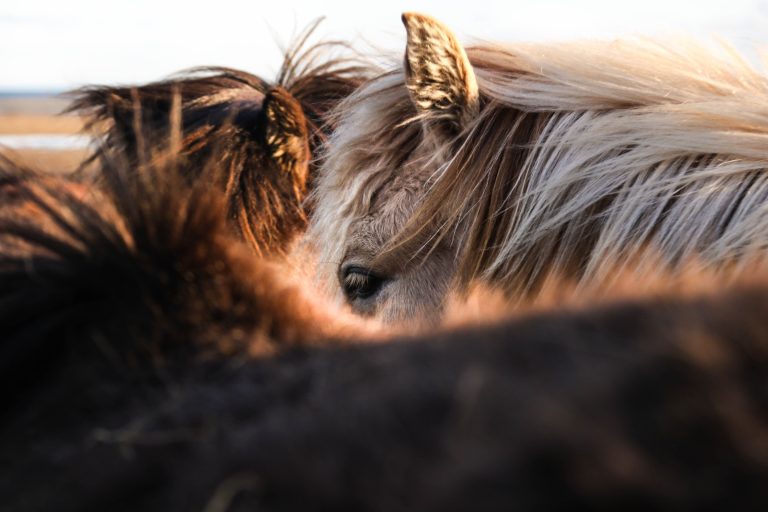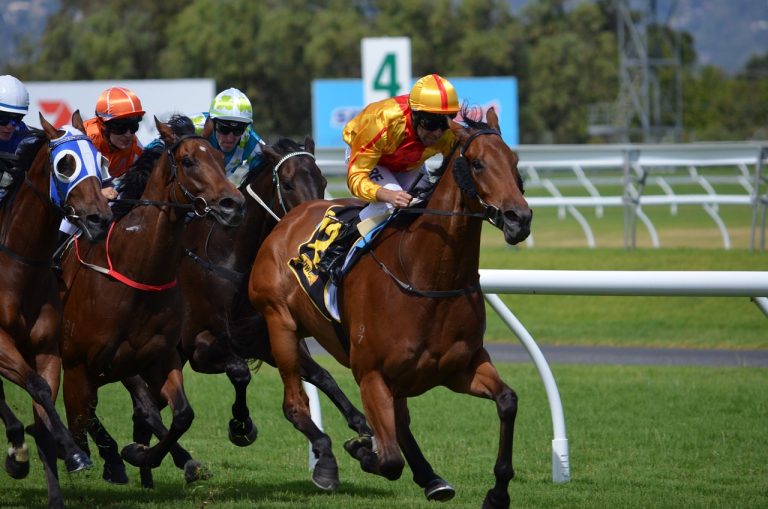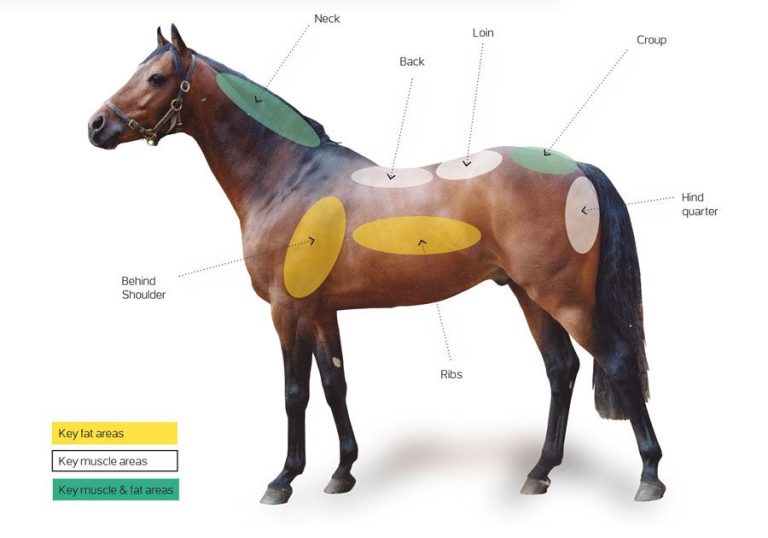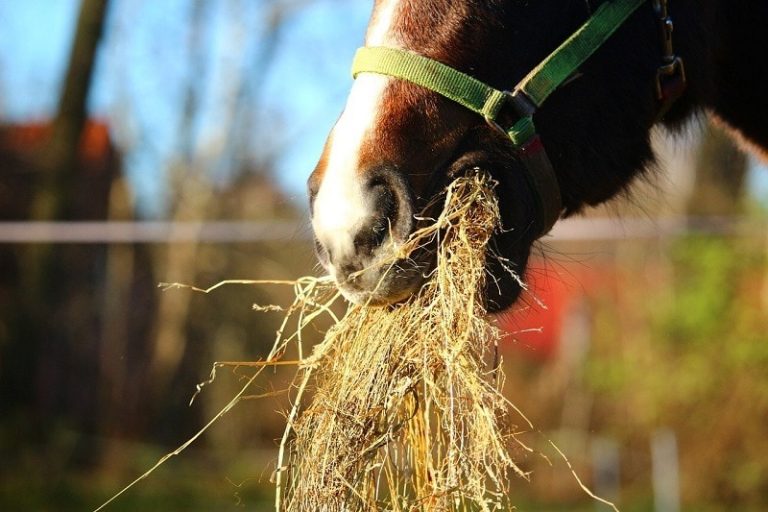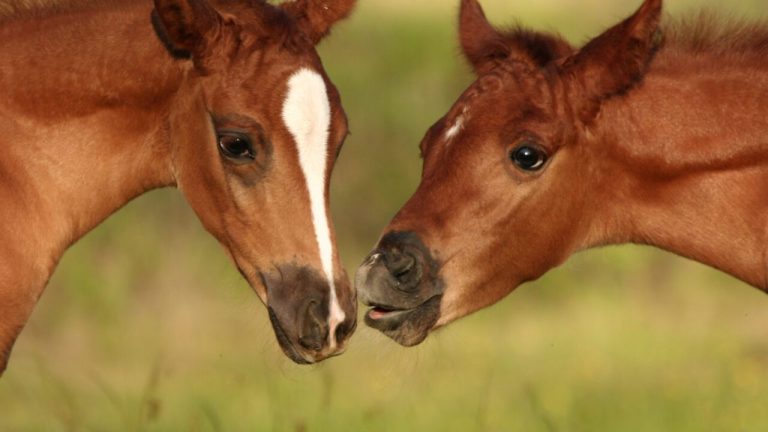Have you ever wondered about the intricate process behind designing and setting up showjumping courses? Well, in this article, we will explore the fascinating world of showjumping course design and give you an insight into the meticulous planning and creativity that goes into creating these challenging and visually stunning courses. From the selection of jumps to the strategic placement of obstacles, you’ll be amazed at the thought and skill that brings these courses to life. So, fasten your seatbelts and get ready for a thrilling ride into the world of showjumping course design!
Table of Contents
ToggleCourse Design
Understanding the Basic Principles of Course Design
When designing a showjumping course, it is important to have a solid understanding of the basic principles of course design. This includes considering factors such as the terrain and venue, as well as the abilities of both the horse and the rider. By taking these factors into account, course designers can create a course that presents a balanced and fair challenge to competitors.
Working with the Terrain and Venue
The terrain and venue of a showjumping competition play a crucial role in the design of the course. Course designers must carefully assess the landscape and work within the natural features of the venue to create a course that is both safe and challenging. This may involve taking advantage of elevations, natural obstacles, or incorporating specific jumps that complement the surroundings.
Considering Horse and Rider Abilities
Course designers must also consider the abilities of the horses and riders participating in the competition. Courses should be designed to appropriately challenge the skill levels of competitors, while also ensuring the safety of both horse and rider. This may involve adjusting the height and technical difficulty of the jumps, as well as the overall layout of the course.
Designing for Spectator Experience
In addition to considering the needs of the horses and riders, course designers must also take into account the spectator experience. Showjumping is an exciting sport to watch, and the course design plays a significant role in enhancing the enjoyment for spectators. Designing courses that allow for optimal viewing angles, strategically placed obstacles, and a smooth flow of the competition can greatly enhance spectator engagement.
Course Components
Start and Finish Lines
The start and finish lines are fundamental components of any showjumping course. These lines mark the beginning and end of the course, where riders start and stop their rounds. The start line is crucial for ensuring that all riders have fair and equal starts, while the finish line provides a clear indication of when the round has been completed.
Obstacles and Jumps
Obstacles and jumps are the main features of a showjumping course. These can vary in height, width, and technical difficulty, depending on the level of competition. Obstacles are designed to test the agility and skill of the horse and rider, and may include fences, gates, walls, and other structures. Each obstacle must be carefully placed to create a challenging and balanced course.
Combination Jumps
Combination jumps are a series of two or more obstacles that must be cleared in succession. These jumps require both horse and rider to have precise control and coordination. Designing combination jumps requires careful planning to ensure that the distances between the obstacles are appropriate for the level of competition.
Water Obstacles
Water obstacles add an extra element of challenge to showjumping courses.
Wall Jumps
Wall jumps are solid obstacles that are designed to test the bravery and scope of the horse. These jumps typically consist of a solid wall or panel that must be cleared by the horse. Course designers must carefully consider the height and width of the wall, as well as its position within the course.
Liverpool Jumps
Liverpool jumps are jumps that feature a water-filled ditch in front of the obstacle. These jumps require precision and confidence from both horse and rider. Course designers must ensure that the water-filled ditch is of an appropriate size and depth, and that the distance between the ditch and the obstacle is suitable for the level of competition.
Triple Bars
Triple bars are jumps that consist of three horizontal bars of varying heights. These jumps require the horse to carefully adjust their stride and power to clear the bars. Course designers must consider the heights and spacings of the bars to create a challenging yet safe triple bar jump.
Oxers
Oxers are jumps that consist of two parallel obstacles placed closely together. These jumps require both power and accuracy from the horse, as they must clear both obstacles in a single jump. Course designers must carefully consider the height and width of the obstacles, as well as their placement within the course.
Vertical and Spread Jumps
Vertical jumps are single obstacles that are taller than they are wide, requiring the horse to jump with a more vertical trajectory. Spread jumps, on the other hand, are wider than they are tall, requiring the horse to have a longer, more extended jump. Designing these jumps involves considering the height and width of the obstacles, as well as their positions within the course.
Double and Triple Combinations
Double and triple combinations are a sequence of two or three related obstacles that must be cleared in quick succession. These combinations require precise control and coordination from the horse and rider. Designing these combinations involves carefully considering the distances between the obstacles and ensuring that they are appropriate for the level of competition.
Course Layout
Determining the Number of Obstacles
When designing a showjumping course, course designers must carefully consider the number of obstacles that will be included. The number of obstacles will vary depending on the level of competition and the time constraints of the event. Too many obstacles can make the course too difficult and time-consuming, while too few obstacles can make the course too simple and unchallenging.
Spacing and Placement of Jumps
The spacing and placement of jumps is a crucial aspect of course layout. Course designers must ensure that there is enough distance between jumps to allow horses to safely and comfortably approach and take off from each jump. The placement of jumps should also create a natural flow and rhythm throughout the course, while still providing enough challenge for both horse and rider.
Flow and Design of the Course
The flow and design of the course should allow for a smooth and seamless progression from one obstacle to the next. The course should have a logical and coherent layout that challenges the horse and rider without causing unnecessary disruptions in their rhythm. By carefully considering the placement and design of each obstacle, course designers can create a course that flows well and maximises the potential for a successful round.
Strategic Use of Turns and Distances
Course designers must strategically use turns and distances to create a well-balanced and challenging course. Turning points and the distances between obstacles can significantly impact the difficulty of the course and require careful consideration. Sharp turns can test the horse’s agility, while longer distances between jumps can require greater stamina and careful pacing.
Considering Potential Challenges
Course designers must consider potential challenges that may arise during the competition. This includes anticipating how the course may ride differently in various weather conditions, as well as taking into account any potential distractions or unpredictable factors within the venue. By considering these potential challenges, course designers can create courses that are adaptable and still provide a fair and safe competition environment.
Course Construction
Preparing the Ground
Before constructing a showjumping course, it is essential to properly prepare the ground. This involves leveling and compacting the surface to ensure a safe and even playing field for the horses. The ground should be free from any uneven or dangerous areas that could potentially cause injury to the horse or disrupt their performance.
Installing Jumps and Obstacles
Once the ground is prepared, the jumps and obstacles can be installed. This involves carefully placing each obstacle in its designated location, ensuring that it is securely anchored and safe for both horse and rider. The order and arrangement of the jumps should reflect the course design, flow, and difficulty level intended by the course designer.
Safety Measures
Safety is of utmost importance in showjumping course construction. Course designers must incorporate safety measures such as padding or breakaway elements on certain jumps to help reduce the risk of injury. The jumps and obstacles should be built to withstand the impact of a jumping horse and designed to minimise the likelihood of accidents or falls.
Course Decoration and Branding
Course decoration and branding can enhance the visual appeal of a showjumping course. This may include incorporating sponsor logos or event branding into the design of the jumps, as well as using decorative elements such as flowers, flags, or banners. Decorative elements should not, however, compromise the safety or integrity of the course.
Adjusting the Course for Weather Conditions
Course designers must be prepared to adjust the course for varying weather conditions. This may involve altering the heights or technical difficulties of certain jumps to account for factors such as wind or rain. Adjusting the course allows for a fair competition and ensures the safety of both horse and rider in different weather scenarios.
Course Monitoring and Maintenance
Monitoring Horse and Rider Performance
During a showjumping competition, it is crucial to monitor the performance of both horse and rider. Course designers and officials should observe each round to assess the level of challenge provided by the course. This can help determine if any adjustments are needed to ensure a fair and balanced competition.
Maintaining Jumps and Obstacles
Jumps and obstacles must be properly maintained to ensure their safety and longevity. Regular inspections should be conducted to check for any structural damage or wear and tear. If necessary, repairs or replacements should be made promptly to ensure that all jumps and obstacles are in optimal condition for future competitions.
Evaluating Course Difficulty
After a competition, course designers should evaluate the difficulty of the course based on feedback from riders, trainers, and officials. This feedback can provide valuable insights into any potential areas for improvement or adjustments that may be needed for future competitions. By continuously evaluating the course difficulty, course designers can create courses that offer appropriate challenges for different levels of riders.
Making Adjustments as Needed
Based on the feedback and evaluations, course designers may need to make adjustments to future courses. This could involve modifying the layout, changing the heights or technical difficulties of certain jumps, or adjusting the flow and design of the course. By making these adjustments, course designers can continually refine their courses to enhance the overall showjumping experience.
Course Designers and Officials
Role and Responsibilities of the Course Designer
The course designer plays a crucial role in creating a challenging and fair competition environment. They are responsible for designing the course layout, determining the placement and design of each obstacle, and ensuring that the course meets the standards of the competition. Course designers must have a deep understanding of the sport and its regulations to effectively fulfil their role.
Collaboration with Other Officials
Course designers often collaborate with other officials to ensure the success of a showjumping competition. This may include working with technical delegates, judges, and stewards to coordinate and implement the rules and regulations of the event. Collaboration among officials ensures a cohesive and well-executed competition.
Course Designer Qualifications
Course designers must possess specific qualifications to design showjumping courses. Many course designers have extensive experience in the sport as riders or trainers and have completed formal training programmes or certifications. They must demonstrate a strong understanding of course design principles, safety regulations, and competition requirements to be recognised as qualified course designers.
Course Designer Challenges
Designing a showjumping course comes with its own set of challenges. Course designers must be creative yet practical in their designs, ensuring that the course is both challenging and fair. They must also consider the feedback and needs of the competitors, spectators, and officials to ensure a successful event. Course designers face the challenge of balancing the technical requirements of the sport with the overall enjoyment of the competition.
Safety Considerations
Designing a Safe Course
Safety is paramount in showjumping course design. Course designers must ensure that all obstacles are designed and positioned to minimise the risk of accidents or falls. Jumps and obstacles should be sturdy, without any sharp edges or protrusions that could cause injury to the horse or rider. The overall course design should provide a safe and controlled environment for the competition.
Adhering to Safety Regulations
Showjumping courses must adhere to safety regulations set forth by governing bodies. These regulations include specifications for jump heights, dimensions, and materials. Course designers must research and comply with these regulations to ensure that their courses meet the required safety standards.
Incorporating Safety Features
In addition to following safety regulations, course designers can incorporate specific safety features into their designs. This may include using breakaway fences, safety cups, or flexible elements that reduce the risk of injury if a horse crashes through a jump. Safety features should be strategically placed to provide maximum protection while still maintaining the integrity of the course.
Regular Safety Inspections
Before and during competitions, safety inspections should be conducted to ensure that the course meets all safety requirements. These inspections may be carried out by course designers, technical delegates, or officials trained in course safety. Regular inspections help identify any potential hazards or safety concerns and allow for prompt remediation.
Safety Equipment for Riders and Horses
In addition to course design and construction, the use of safety equipment is crucial for both riders and horses. Riders should always wear approved safety helmets and appropriate riding attire to protect themselves in the event of a fall. Horses should have properly fitted boots or bandages to protect their legs during jumps. Course designers can play a role in promoting the use of safety equipment and ensuring that riders and horses are properly prepared for the competition.
Course Design for Different Levels
Courses for Beginner Riders
Courses for beginner riders should focus on building confidence and developing basic riding skills. These courses typically include lower jump heights and less technical obstacles. The design should provide a positive and encouraging experience for novice riders, allowing them to safely progress in their showjumping careers.
Courses for Intermediate Riders
Courses for intermediate riders aim to further develop their skills and challenge their abilities. These courses may include slightly higher jump heights and more complex combinations. Intermediate level courses should provide a balance between difficulty and accomplishment, allowing riders to continue improving their showjumping techniques.
Courses for Advanced Riders
Advanced level courses are designed for highly skilled and experienced riders. These courses feature higher jump heights, intricate combinations, and demanding technical challenges. Course designers for advanced level competitions must create courses that test the precision, speed, and agility of the top riders in the sport.
Designing Championship Courses
Championship courses are reserved for elite level competitions and showcase the highest level of showjumping. These courses require a high degree of technical proficiency from both horse and rider. They often involve maximum jump heights, complex combinations, and intricate course designs. Course designers for championship events must create courses that push the boundaries of the sport while still providing a fair and safe competition environment.
Influences on Course Design
International Showjumping Standards
Course design in showjumping is influenced by international standards set by governing bodies such as the Fédération Equestre Internationale (FEI). These standards dictate certain rules and regulations that must be followed by course designers, ensuring consistency and fairness across different events and venues.
Current Trends in Course Design
Course design in showjumping is also influenced by current trends within the sport. As the sport evolves, new techniques, styles, and challenges emerge, leading to the development of innovative course designs. Course designers may incorporate these trends to keep the sport fresh and exciting for both competitors and spectators.
Feedback from Riders and Trainers
The feedback from riders and trainers is invaluable in shaping course design. Showjumpers provide insights into the technical aspects of the course, highlighting areas that may require modification or improvement. Trainers can offer suggestions based on the progress and needs of their riders. Course designers should actively seek and consider this feedback to continually enhance the quality and effectiveness of their designs.
Influence of Venue and Event
The venue and specific event can greatly influence course design. Each venue has its own unique characteristics, such as size, shape, and natural features, which may need to be incorporated into the course. The type of event, whether it is a grand prix, a derby, or a speed class, will also impact the design and layout of the course to align with the specific requirements and objectives of the event.
Course Design Challenges
Balancing Difficulty and Fairness
One of the biggest challenges in course design is finding the right balance between difficulty and fairness. The course should be challenging enough to test the skills of the competitors while still providing a fair and equal opportunity to all participants. Course designers must carefully consider the level of competition, the abilities of the riders, and the technical demands of the sport to strike this balance effectively.
Creating a Memorable Course
Course designers strive to create courses that leave a lasting impression on both competitors and spectators. A memorable course should offer unique challenges, showcase innovative designs, and provide exciting moments throughout the competition. Course designers must think creatively and push the boundaries of traditional course design to create a truly extraordinary experience.
Coordinating with Event Schedule
Course designers often face the challenge of coordinating their designs with the overall event schedule. This involves ensuring that the course is completed on time, allowing for efficient course changes between classes, and accommodating the needs of other disciplines or activities within the event. Course designers must work closely with event organisers to seamlessly integrate their designs into the overall event programme.
Working within Time Constraints
Time constraints can pose challenges for course designers, particularly in events with multiple classes or tight schedules. Designing courses that can be efficiently set up and taken down within a limited time frame requires careful planning and organisation. Course designers must prioritise efficiency while still maintaining the quality and safety of the course.
In conclusion, showjumping course design is a complex and multifaceted process that involves careful consideration of various factors. From understanding the basic principles of course design to constructing and maintaining the course, every detail must be meticulously planned and executed. Course designers play a crucial role in creating a safe and fair competition environment while providing challenges and excitement for both horse and rider. Through collaboration, creativity, and an ongoing commitment to improvement, course designers continue to shape the future of showjumping courses and the sport as a whole.
